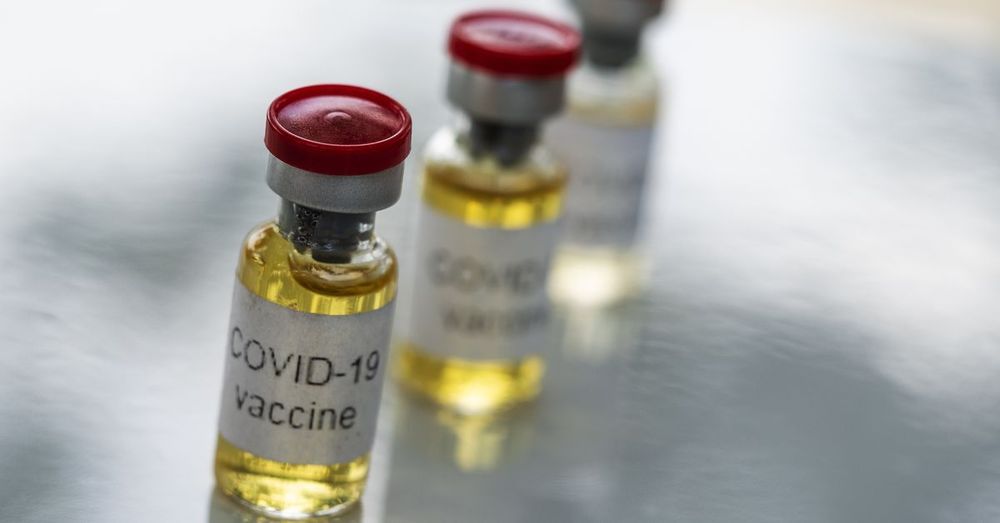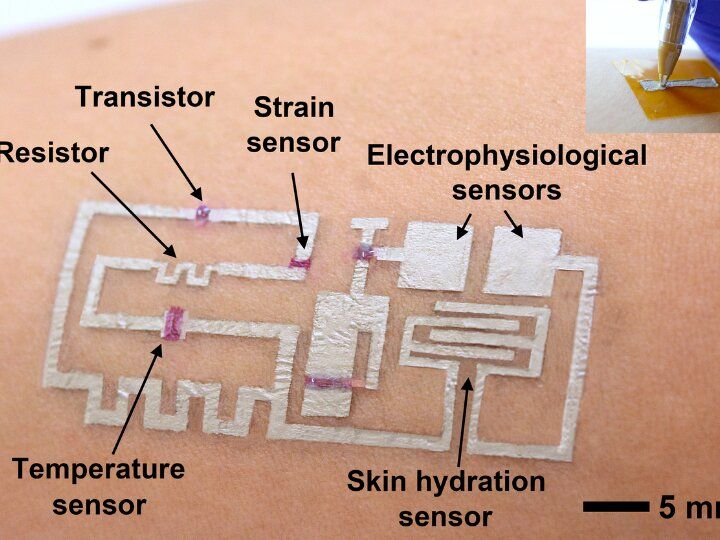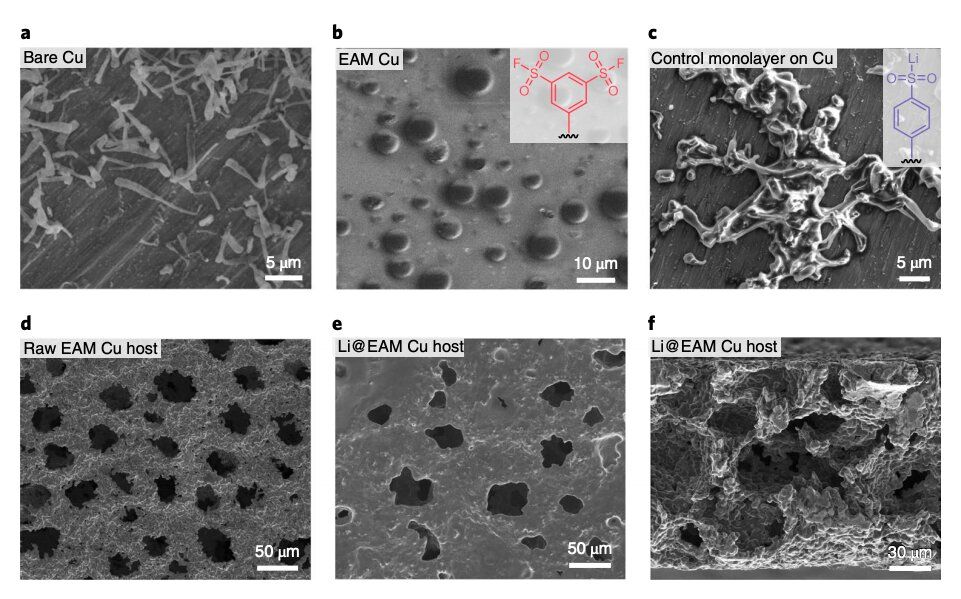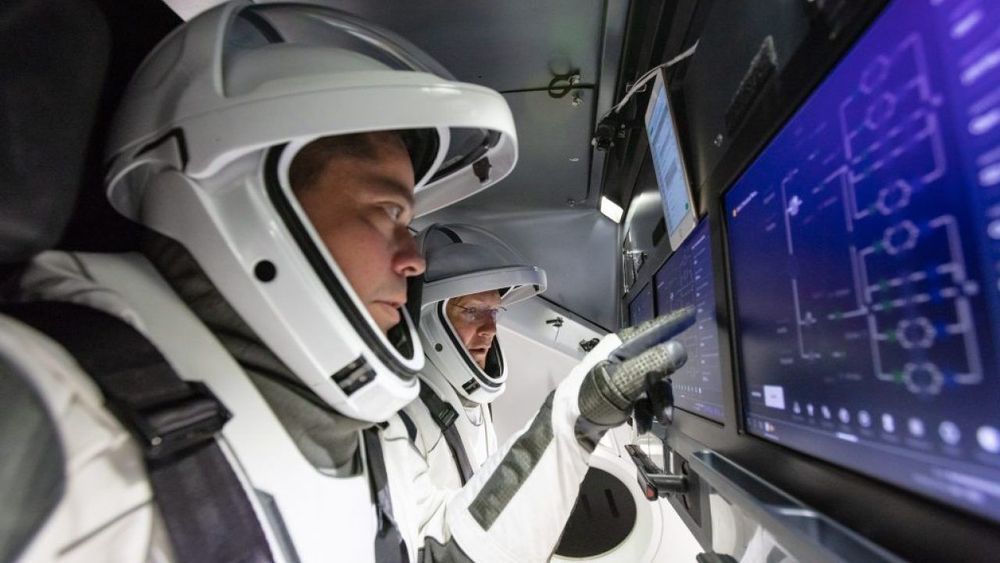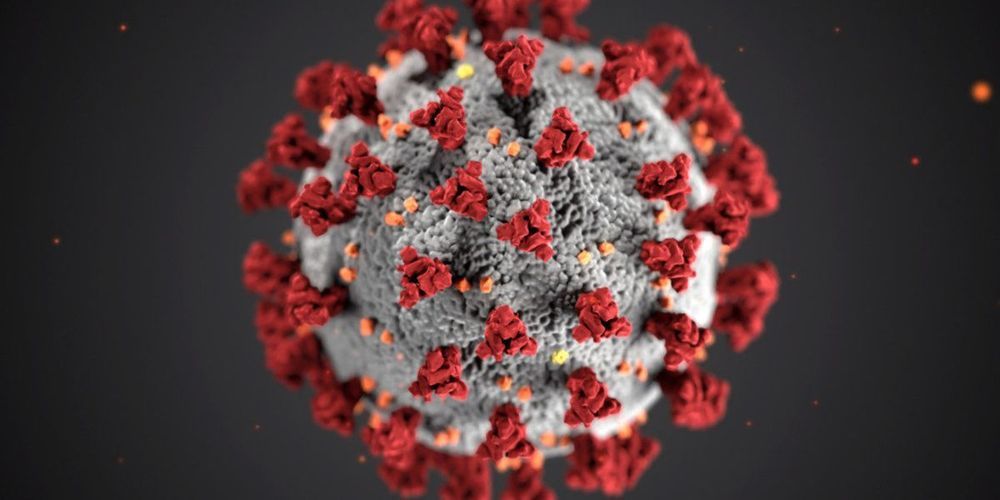As workers return to offices, they face a potential risk from Legionella bacteria, which can grow in water inside inactive plumbing systems.
Page 7535
Aug 1, 2020
Researchers become their own lab rats with DIY coronavirus vaccine
Posted by Quinn Sena in category: biotech/medical
Aug 1, 2020
SpaceX’s new ‘Endeavour’ spaceship is poised to make history after undocking from the International Space Station with 2 NASA astronauts aboard
Posted by Roderick Reilly in categories: Elon Musk, space travel

NASA astronauts Bob Behnken and Doug Hurley now face the phase of the flight that Elon Musk said is his “biggest concern.”
Aug 1, 2020
Space Launch System vs. SpaceX: Is the SLS a Waste of Money
Posted by TJ Yoo in categories: business, economics, space travel

Oftentimes, many argue that NASA’s Space Launch System is a waste of money because it is being delayed over and over again despite having such a large budget. In this video, I will examine whether this is the case or not.
Discord Link: https://discord.gg/brYJDEr
Patreon link: https://www.patreon.com/TheFuturistTom
Please follow our instagram at: https://www.instagram.com/the_futurist_tom
For business inquires, please contact [email protected]
Aug 1, 2020
‘Drawn-on-skin’ electronics offer breakthrough in wearable monitors
Posted by Saúl Morales Rodriguéz in categories: biological, engineering, health, wearables
A team of researchers led by Cunjiang Yu, Bill D. Cook Associate Professor of Mechanical Engineering at the University of Houston, has developed a new form of electronics known as “drawn-on-skin electronics,” allowing multifunctional sensors and circuits to be drawn on the skin with an ink pen.
The advance, the researchers report in Nature Communications, allows for the collection of more precise, motion artifact-free health data, solving the long-standing problem of collecting precise biological data through a wearable device when the subject is in motion.
The imprecision may not be important when your FitBit registers 4,000 steps instead of 4,200, but sensors designed to check heart function, temperature and other physical signals must be accurate if they are to be used for diagnostics and treatment.
Aug 1, 2020
Lithium metal batteries that perform well at low temperatures
Posted by Saúl Morales Rodriguéz in categories: climatology, sustainability
Lithium (Li) batteries, or lithium metal batteries, use metallic lithium as an anode. Over the past few decades, rechargeable Li batteries have been used to power a wide variety of electronic devices, including toys, portable consumer devices and electric vehicles.
While these batteries typically achieve reliable performances at room temperature, their energy efficiency, power and cycle life tend to decrease significantly at temperatures below −10 °C. The inability to function well at low temperatures is a crucial drawback, as it greatly limits their use in regions with particularly cold climates. The main reason for this limitation is that at temperatures below −10 °C the solid-electrolyte interphase (SEI) becomes unstable and leads to what is known as the dendritic Li plating of the anode in the batteries.
A team of researchers at Pennsylvania State University and Argonne National Laboratory recently introduced a new design for Li metal batteries that could overcome this well-documented drawback. The resulting batteries, presented in a paper published in Nature Energy, were found to perform remarkably well at low temperatures compared to previously developed Li batteries.
Aug 1, 2020
‘Little brain’ or cerebellum not so little after all
Posted by Genevieve Klien in category: neuroscience
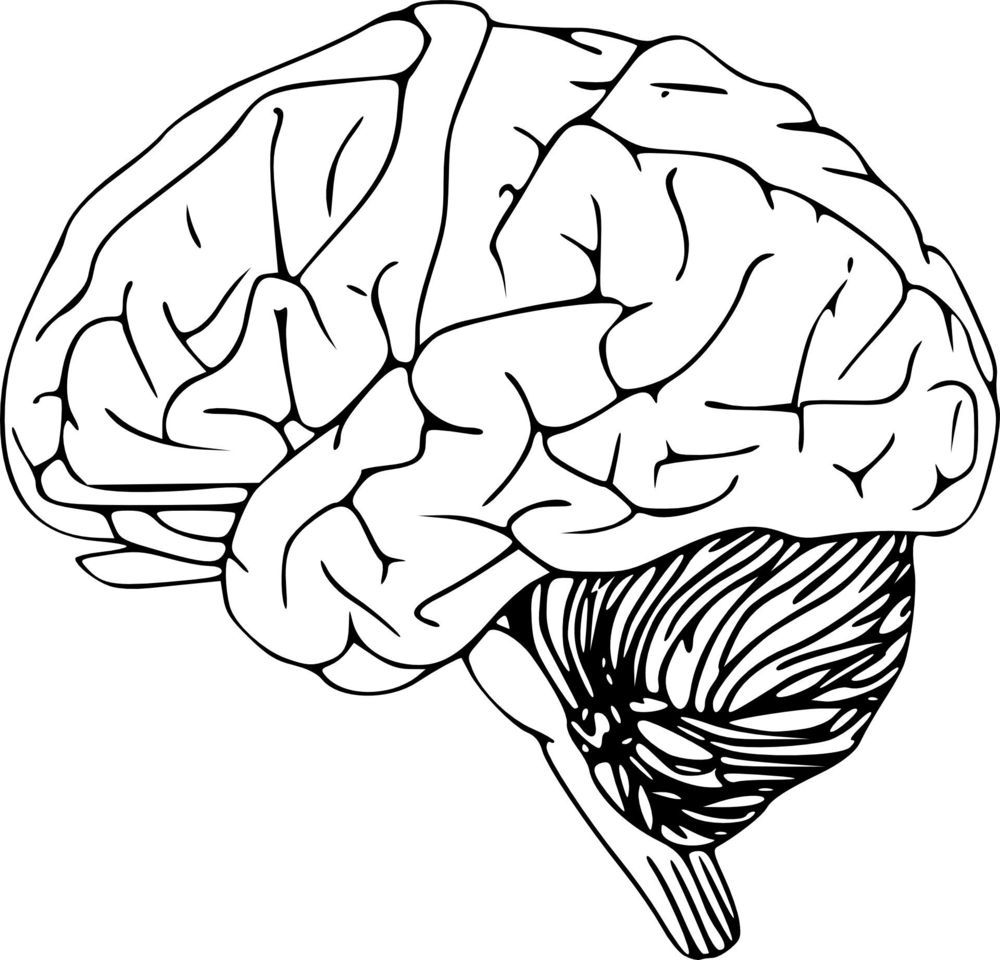
When we say someone has a quick mind, it may be in part thanks to our expanded cerebellum that distinguishes human brains from those of macaque monkeys, for example.
Sometimes referred to by its Latin translation as the ‘“little brain”’, the cerebellum is located close to the brainstem and sits under the cortex in the hindbrain. New research at San Diego State University, however, calls the “little” terminology into question.
Continue reading “‘Little brain’ or cerebellum not so little after all” »
Aug 1, 2020
NASA confirms SpaceX Crew Dragon will splashdown in Pensacola
Posted by Genevieve Klien in categories: climatology, space travel
PENSACOLA, Fla. (WKRG) — NASA confirmed on their blog that SpaceX Crew Dragon will splashdown in Pensacola Florida on Sunday, August 2, 2020.
Weather conditions according to NASA are a “Go” but Hurricane Isaias will still be monitored and evaluate any impact the storm may have on the splashdown sight.
SpaceX will monitor weather conditions until 2.5 hours before scheduled undocking when the they will proceed with departure. Splashdown is scheduled for about 1:40PM local time.
Aug 1, 2020
Stem Cells for Coronavirus: Could Cells Be The Cure?
Posted by Lon Anderson in category: biotech/medical
Coronavirus disease (COVID-19) is an emerging global pandemic that is threatening the viability of healthcare systems worldwide. The virus responsible for the disease is also known as severe acute respiratory syndrome coronavirus 2 and abbreviated as SARS-CoV-2. The eruption started in China on December 29, 2019 and by March 2020 it was reported that it had spread to several countries across the world.

In the final days of 2019, Chinese doctors identified a number of similar cases of pneumonia in the city of Wuhan in China. Wuhan is the capital city of Hubei Province in China accommodating 11 million inhabitants. Soon, it was discovered that the disease was caused by a new strain of virus which was named SARS-CoV-2.
Aug 1, 2020
XCY Squeezes a 4K-Capable Desktop PC Into a 2.4-Inch Case
Posted by Omuterema Akhahenda in categories: computing, electronics

If you’re on the look out for a desktop PC that’s small enough to sit under a TV, Chinese brand XCY has a very small computer they’d like to sell you.
As Liliputing reports, the XCY X51 is about as small as you could possibly make a fully-featured desktop PC. It measures 2.4-by-2.4-by-1.7-inches and weighs a mere 121 grams. However, inside you’ll find a quad-core Intel Celeron N4100 clocked at 1.1GHz (2.4Ghz burst frequency) complete with UHD Graphics 600 GPU. The processor is complemented by 8GB of 2,133MHz DDR4 RAM, a 128GB M.2 SSD, and a micro SD card slot for further storage expansion.
Continue reading “XCY Squeezes a 4K-Capable Desktop PC Into a 2.4-Inch Case” »

